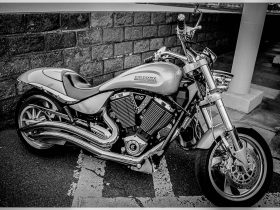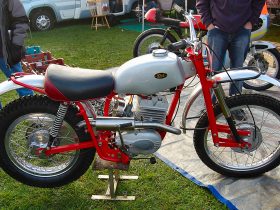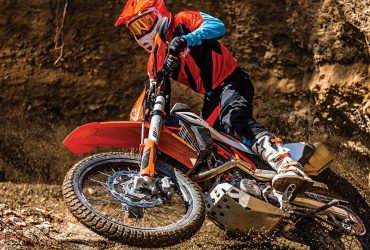
Driving performance and precision comes down to one often overlooked element: aerodynamics. Even the most finely tuned vehicles will perform sub-optimally unless attention is paid to aerodynamics. This is especially the case at higher speeds, where a well-crafted aerodynamic structure can help a car cut through the air with little resistance.
That said, maximizing aerodynamics can be no simple task. Tuning elements like drag coefficients, lift coefficients, the underside of the car, and other such elements is an arduous job, and getting it wrong can reduce overall performance.
That’s why understanding cutting-edge aerodynamic solutions is essential for those looking to get the most out of their car. Aerodynamic forces are complex and nuanced, and a proper understanding of these can be the difference between a great drive and an average one.
Fluid Dynamics and Wake Separation
One of the major factors in aerodynamic design is understanding the principles of fluid dynamics and wake separation. As air passes around the car, the force of the air pushing against the car can cause drag, friction, and turbulence. Understanding the wake separation can help designers minimize turbulence and maximize fuid flow around the car’s exterior.
Wake separation is also essential for getting the most out of angled elements such as spoilers, wings and air dams. These angled elements are designed to direct the air in specific directions in order to maximize downforce and reduce drag. Getting the angle and shape of these elements just right will maximize overall performance.
Downforce and Drag Reduction
Likewise, reducing unnecessary drag can be critical in optimizing aerodynamic performance. Widening the car’s exterior and streamlining the overall shape of the car can reduce excess drag and help focus the air flow more efficiently around and underneath the car. The addition of a rear deck spoiler can further reduce drag and enhance the car’s downforce.
Meanwhile, reducing the size of air ducts and other elements can help reduce turbulence and pressure fluctuations which can further reduce drag. Furthermore, reduce the size of the car’s wheelbase, and making sure the shape is tapered will further reduce drag.
Conclusion
Ultimately, in order to maximize speed and control on the road, paying attention to cutting-edge aerodynamics is essential. Understanding the principles of fluid dynamics, wake separation, and drag reduction can help drivers get the most out of their car and take their performance to the next level. With the right aerodynamic elements in place, drivers can feel the difference in their maximum speed and control.
















